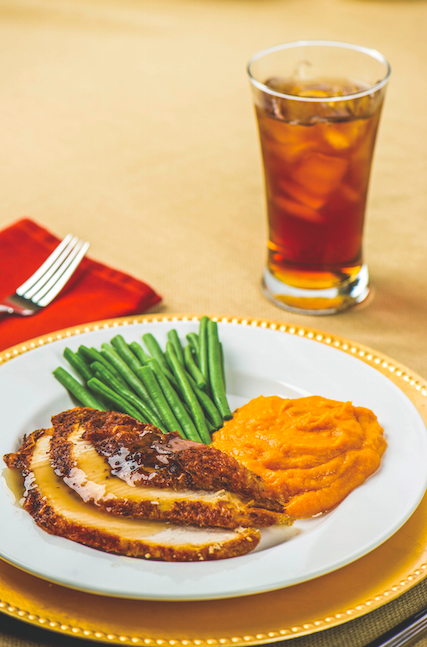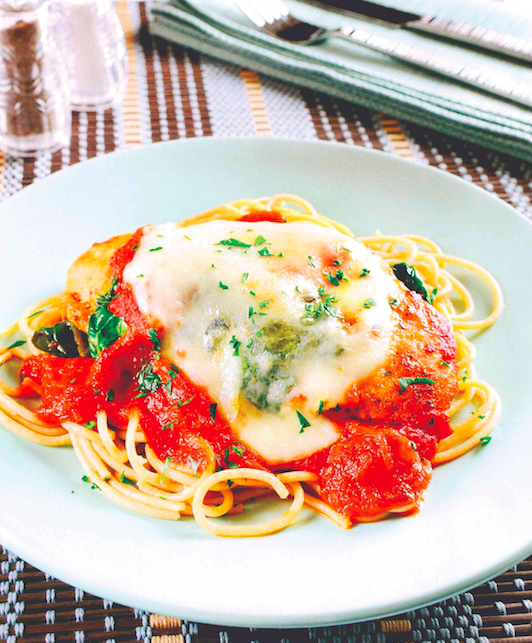Thanks to families being more spread out than ever before, today’s holiday shoppers must figure out ways to get holiday gifts to their destination on time. The holiday season tends to be the busiest time of year for many delivery services. The following tips should help shoppers ensure their loved ones’ gifts arrive on time.
• Ship directly. Adobe Analytics reported that online shopping hit a record high of $108.2 billion in the 2017 holiday shopping season, and all indicators suggest online shopping will only increase in the years to come. Holiday shoppers who want to ensure their loved ones will receive their gifts on time can rely on online shopping. When checking out, have gifts shipped directly to loved ones’ homes. Many online retailers will even wrap gifts for a nominal fee.
• Research shipping options. In 2018, Christmas falls on a Tuesday. Shoppers who plan to rely on two-day or overnight shipping should keep that in mind. Some delivery services may be open throughout the weekend before Christmas, while others may only be open on Saturday. Last-minute shoppers, whether they’re shopping online or in-person, should confirm their shipping options well in advance of Christmas. Because Christmas is on a Tuesday this year, getting gifts to their destination on time may require shoppers to purchase and ship them earlier than they otherwise might.
• Purchase package insurance. Consumer Reports notes that UPS and FedEx shipments automatically come with declared-value coverage of up to $100. (Note: Declared value is the carrier’s maximum liability.) Purchasing additional insurance can ease shoppers’ concerns about lost or stolen packages. Just be sure to keep all invoices and receipts in case claims must be filed. Shoppers also should ask for tracking numbers on all packages so they can confirm when packages are delivered.
• Properly secure the package. Many delivery services now have off-site drop-off boxes that can make it easy to send gifts. This is a convenient service, but shoppers who use them won’t be able to have a company employee provide in-person confirmation that their packages are secured to company standards. Poorly packaged items may never be shipped. Visit the shipping company’s website for packaging guidelines, and include a business card and duplicate label inside the package just in case it is damaged after being dropped off.



 · Keep the bar stocked. Toasting to a happy holiday season is the norm during this time of year. Toasting requires hosts have some spirits on hand. Stock the bar with a few staples, such as red and white wine, vodka, rum, whiskey, and mixers. Also, you may just want to create a signature or seasonal cocktail that can be served when guests arrive, such as a spiced punch or a holiday eggnog.
· Keep the bar stocked. Toasting to a happy holiday season is the norm during this time of year. Toasting requires hosts have some spirits on hand. Stock the bar with a few staples, such as red and white wine, vodka, rum, whiskey, and mixers. Also, you may just want to create a signature or seasonal cocktail that can be served when guests arrive, such as a spiced punch or a holiday eggnog. guests ring your doorbell. Thanks to services like Spotify, Amazon Music and Pandora, holiday music that fills a home with the sweet sounds of the season is now always accessible.
guests ring your doorbell. Thanks to services like Spotify, Amazon Music and Pandora, holiday music that fills a home with the sweet sounds of the season is now always accessible.



 Christmas stockings have become part of holiday traditions, and this beloved tradition has its own unique history.
Christmas stockings have become part of holiday traditions, and this beloved tradition has its own unique history.
 Hot drinks embellished with alcohol were long used for medicinal purposes. While alcoholic beverages are no longer used as medicine, hot toddies can still chase away a chill. “Grog” is another name given to hot alcoholic drinks, or any drink in which unmeasured amounts of spirits are mixed with other ingredients. Grog may also refer to a water-and-rum mixture that sea merchants once drank. The water kept the merchants hydrated, while the rum prevented the water from spoiling during voyages.
Hot drinks embellished with alcohol were long used for medicinal purposes. While alcoholic beverages are no longer used as medicine, hot toddies can still chase away a chill. “Grog” is another name given to hot alcoholic drinks, or any drink in which unmeasured amounts of spirits are mixed with other ingredients. Grog may also refer to a water-and-rum mixture that sea merchants once drank. The water kept the merchants hydrated, while the rum prevented the water from spoiling during voyages.

 breathing in certain scents, can trigger reactions in the brain and affect emotions, mood and memory. Specific essential oils can help relieve stress, induce relaxation and even promote better sleep. Scents such as lavender, lemon or yuzu, bergamot, ylang ylang, and jasmine can promote relaxation in many people.
breathing in certain scents, can trigger reactions in the brain and affect emotions, mood and memory. Specific essential oils can help relieve stress, induce relaxation and even promote better sleep. Scents such as lavender, lemon or yuzu, bergamot, ylang ylang, and jasmine can promote relaxation in many people. · Home aquarium: Stress can melt away watching underwater life flick and flitter through the aquarium. Combined with soothing bubbles and the gentle hum and splash of the filter, it is easy to see how having a fish tank in the home can alleviate stress. Make sure the gift recipient is able to care for the fish and select low-maintenance species.
· Home aquarium: Stress can melt away watching underwater life flick and flitter through the aquarium. Combined with soothing bubbles and the gentle hum and splash of the filter, it is easy to see how having a fish tank in the home can alleviate stress. Make sure the gift recipient is able to care for the fish and select low-maintenance species.







